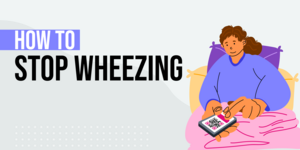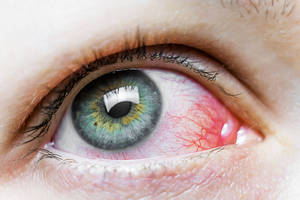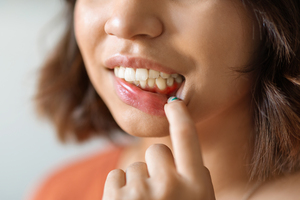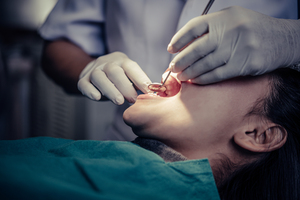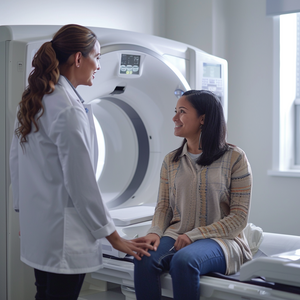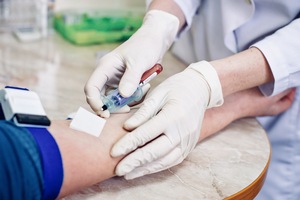Key points
- Cleaning a wound at home can prevent infection and promote healing.
- Essential steps include washing hands, applying gentle pressure, rinsing with water, applying a moisturizing cream, and bandaging the wound.
- Having a first aid kit with different types of bandages and antibiotic cream is beneficial.
- Medical attention should be sought for deep, jagged wounds, uncontrolled bleeding, inability to clean the wound, or if the wound fails to heal properly.
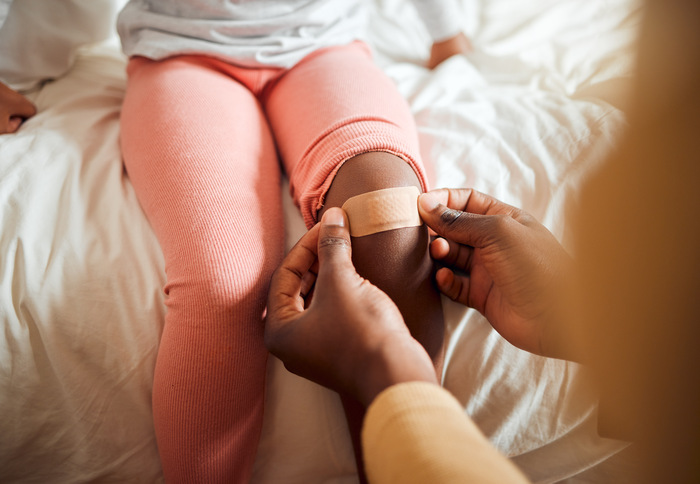
From kitchen knife mishaps to nicking yourself with a razor, wounds can happen easily and it's important to know how to properly clean a wound at home to prevent infection and promote healing.
Whether it's a minor cut, scrape, or burn, taking the right steps to clean the wound can make a significant difference in the recovery process. By following the correct procedures, you can ensure that the wound is properly cared for and reduce the risk of complications. Continue reading to learn important steps for cleaning a wound at home, so you can be prepared to handle minor injuries effectively.
5 Easy Steps To Clean a Wound
Wound care for minor injuries can be done at home with a few simple steps. Although it is best to have a first aid kit handy, it is not necessary to get one just for wound care. Having a few different types of bandages and some antibiotic cream is all you really need, according to Baystate Health.
Here are step-by-step instructions from the Mayo Clinic for proper wound care at home:
1. Wash Your Hands
Washing your hands before caring for a wound is crucial for preventing harmful bacteria and other pathogens from getting into the wound, according to Baystate Health. They note that hands can harbor a variety of germs and contaminants, and failure to wash them before tending to a wound can increase the risk of infection. By thoroughly washing your hands with soap and water, you can significantly reduce the likelihood of transferring harmful microorganisms to the wound, thereby promoting a safer and more effective healing process. This simple yet essential practice plays a key role in minimizing the potential for complications and ensuring proper wound care.
2. Apply Gentle Pressure
Applying gentle pressure to a wound if it's bleeding is important as it helps to control the flow of blood and promote your body’s natural clotting response, according to Baystate Health. By exerting gentle pressure on the wound with a clean cloth or gauze, you can help stem the bleeding and reduce the risk of excessive blood loss.
This simple yet crucial step is instrumental in providing immediate first aid for minor injuries and can prevent further complications. Additionally, they note that applying gentle pressure can also help to create a barrier between the wound and external contaminants, further reducing the risk of infection.
3. Rinse With Water
Rinsing your wound with water during wound care is essential for removing debris, dirt, and other contaminants that may be present in the injured area, according to Baystate Health. They note that water helps to flush out foreign particles and bacteria, reducing the risk of infection and promoting a clean environment for the wound to heal. Additionally, rinsing the wound with water can also help to soothe the injured area and alleviate any discomfort or pain.
4. Use a Moisturizing Cream or Ointment
Using moisturizing cream on a wound can help promote healing, according to Baystate Health. It can also help create a protective barrier over the wound, safeguarding it from external contaminants and bacteria, they note.
Additionally, using an antibiotic ointment can help prevent infection in some cases. Baystate Health notes that by applying antibiotic cream as part of wound care, you can support the body's natural healing process and contribute to a faster and more successful recovery.
5. Bandage the Wound
Bandaging a wound is important for several reasons, according to Baystate Health. First, it helps to protect the wound from further injury and minimizes the risk of contamination from external sources. Additionally, they note that a bandage can create a moist environment that supports the body's natural healing process and promotes the growth of new tissue.
By keeping the wound covered, a bandage also reduces the risk of infection and provides a barrier against dirt, germs, and other potential irritants, according to Baystate Health. They also note that the pressure from the bandage can help to control bleeding and reduce swelling, contributing to a more comfortable and faster healing process.
When to Seek Medical Attention for a Wound?
Recognizing when to seek medical attention for a wound is crucial for ensuring proper care and treatment, according to Baystate Health. They note that while many wounds can be managed at home, certain circumstances require the expertise of a healthcare professional.
Below are some key reasons to consider seeking medical attention for a wound, as noted by the Mayo Clinic:
-
The wound is deep and jagged
-
The wound exposes any fat, tissue, bones, or tendons
-
Unable to move parts of the body normally
-
Parts of the body are moving that normally don’t
-
There’s uncontrolled bleeding
-
You’re unable to thoroughly or properly clean the wound
-
The wound is from a human or animal bite
-
If the wound fails to heal properly
-
You have comorbidities that may make it hard to fight infection or heal, such as diabetes
For a medical emergency, dial 911 or visit your closest emergency room immediately.
Frequently Asked Questions
Sources:
How Should I Clean a Wound? (April 29, 2024) https://www.webmd.com/first-aid/relieving-wound-pain
What are the 5 Rules of Wound Care (April 29, 2024) https://personichealth.com/blog/what-are-the-5-rules-of-wound-care/
Neomycin (April 29, 2024) https://www.mayoclinic.org/drugs-supplements/neomycin-polymyxin-b-and-bacitracin-topical-route/description/drg-20062350
Cuts Scrapes: First Aid (April 29, 2024) https://www.mayoclinic.org/first-aid/first-aid-cuts/basics/art-20056711
https://www.baystatehealth.org/articles/wound-care
FAQs
What are the basic steps to clean a wound at home?
The basic steps include washing your hands, applying gentle pressure to the wound, rinsing it with water, applying a moisturizing cream or ointment, and bandaging the wound.
Why is it important to clean a wound at home?
Cleaning a wound at home can prevent infection and promote healing, reducing the risk of complications.
What should I have in my first aid kit for wound care?
A first aid kit for wound care should include different types of bandages and some antibiotic cream.
When should I seek medical attention for a wound?
Seek medical attention if the wound is deep and jagged, exposes fat, tissue, bones, or tendons, there's uncontrolled bleeding, you're unable to clean the wound, or if the wound fails to heal properly.
Can all wounds be managed at home?
No, while many wounds can be managed at home, certain circumstances like deep, jagged wounds or uncontrolled bleeding require the expertise of a healthcare professional.

